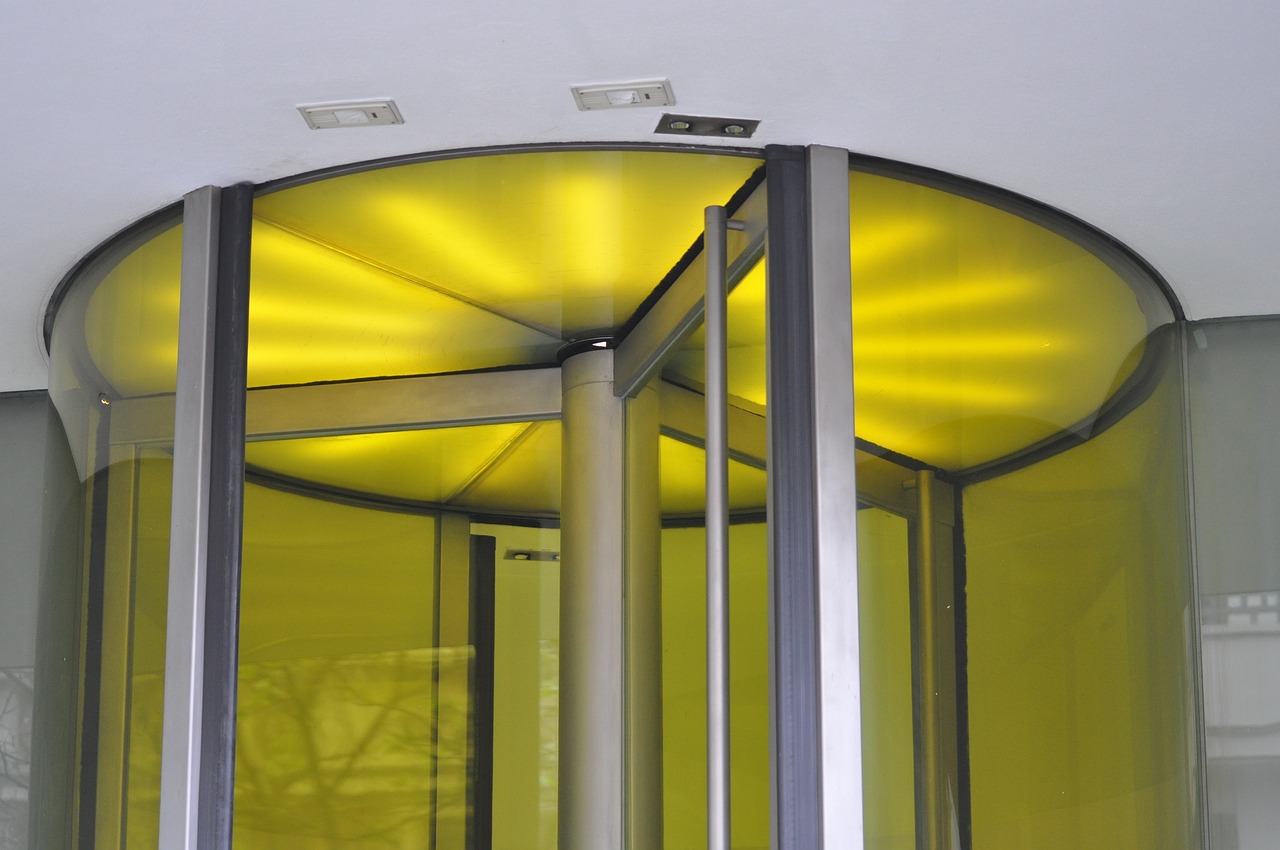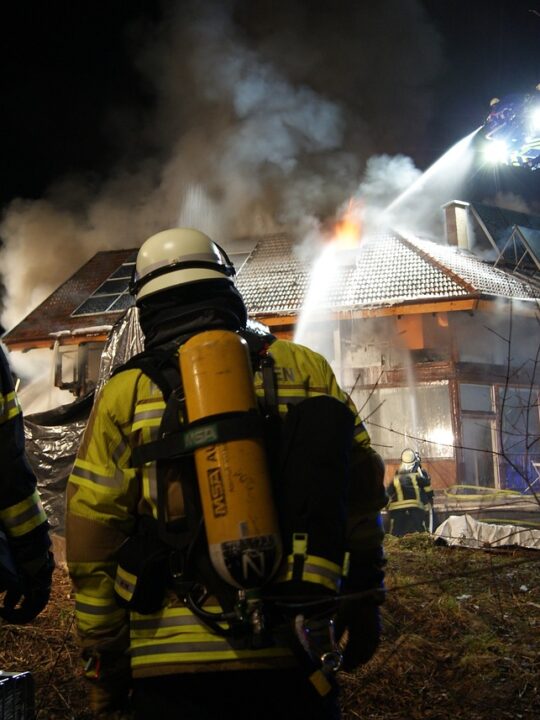 An exit device (panic hardware or crash bar) is installed on the secure side of an outward-swinging door to restrict access while facilitating emergency egress. It is a must-have in buildings where safety is a priority.
An exit device (panic hardware or crash bar) is installed on the secure side of an outward-swinging door to restrict access while facilitating emergency egress. It is a must-have in buildings where safety is a priority.
These devices are required by code at specific openings based on room occupancy type and load. They are engineered to withstand daily use and harsh weather conditions.
What is an Exit Device?
Exit devices (also referred to as panic hardware or fire exit hardware) are spring-loaded metal bars that unlatch doors when depressed. They help buildings comply with fire and safety codes and are found in schools, hospitals, theaters, houses of worship, office buildings, and multifamily residential applications. But, to determine what exit device to use for the application, you must assess the building’s specific requirements and safety regulations.
An exit device can be installed on single- or double doors, with a mullion separating the two or without one. There are three main types of exit devices: rim, mortise, and surface vertical rod.
Rim devices have the lock mechanism attached to a strike plate mounted either on the door frame, the mullion for double doors, or the inactive door for double doors without a mullion. Surface vertical rod devices have top and bottom rods that extend from the device when it’s actuated, while the integral type is more recessed into the face of the door.
Alarmed devices have an alarm that sounds when the door is opened, alerting people that a fire or other emergency exists and giving them time to evacuate. These are commonly used in retail stores, for example.
Types of Exit Devices
Exit devices are more than just bars on doors; they’re life-saving mechanisms. It’s essential to understand the different types of exit devices to determine which is best for your specific application.
There are three types of exit devices: rim, mortise, and vertical rod. Rim exit devices have a latch that projects over a surface-mounted strike on either the active or inactive leaf of a pair of doors. Mortise exit devices have a lock body similar to a mortise door lock and can be used on single doors or teams of doors with a rim device on one side and a mortise device on the opposite side.
Vertical rod devices have top and bottom rods that extend from the device, and when pushed, they retract, releasing them from their locked position. These can be surface mounted or concealed within the door so they are not visible for added security and a more aesthetically pleasing look.
Installation
If you’ve visited a high-traffic building such as a stadium, a local grocery store, or a theater, you’ve likely seen and used an exit device. These devices are required by code to be installed on out-swinging doors and provide a means of free egress during emergencies.
These devices allow occupants to release the quality door locking mechanisms by pressing anywhere on the horizontal bar rather than twisting levers or struggling with thumb turns, which could lead to crowding and injuries in panic situations. This hardware minimizes the number of people such events could impact and helps save lives.
Exit device installation begins with identifying the type of door you have. Many models are field sizable to fit a specific door width, and some offer a narrow stile option for entrances with less space. You also need to decide if you need a nightlatch, pass-only, or classroom function and whether your device will be “dogged” or not.
Maintenance
Exit devices are designed to last decades, but like any other door hardware, they require regular maintenance. A thorough inspection and cleaning can help extend the life of your exit device and ensure proper operation.
The most straightforward style of panic device, the rim device, has a latch bolt that projects from the device’s surface rather than the door’s edge. Rim devices can be used on single doors or pairs with a mullion.
A mortise panic device has a lock mechanism that is mortised into a strike plate mounted on the door frame or the mullion for double doors. Mortise devices are used in schools, healthcare facilities, hospitality, and government buildings. Some specialized mortise devices have delayed egress for 15 or 30 seconds, which can be crucial in areas where infants are present. Some offer electric latch retraction that eliminates the need for solenoids and is quieter.







